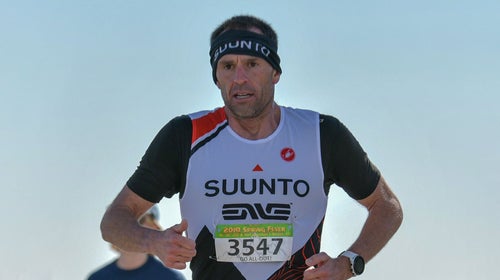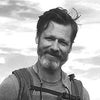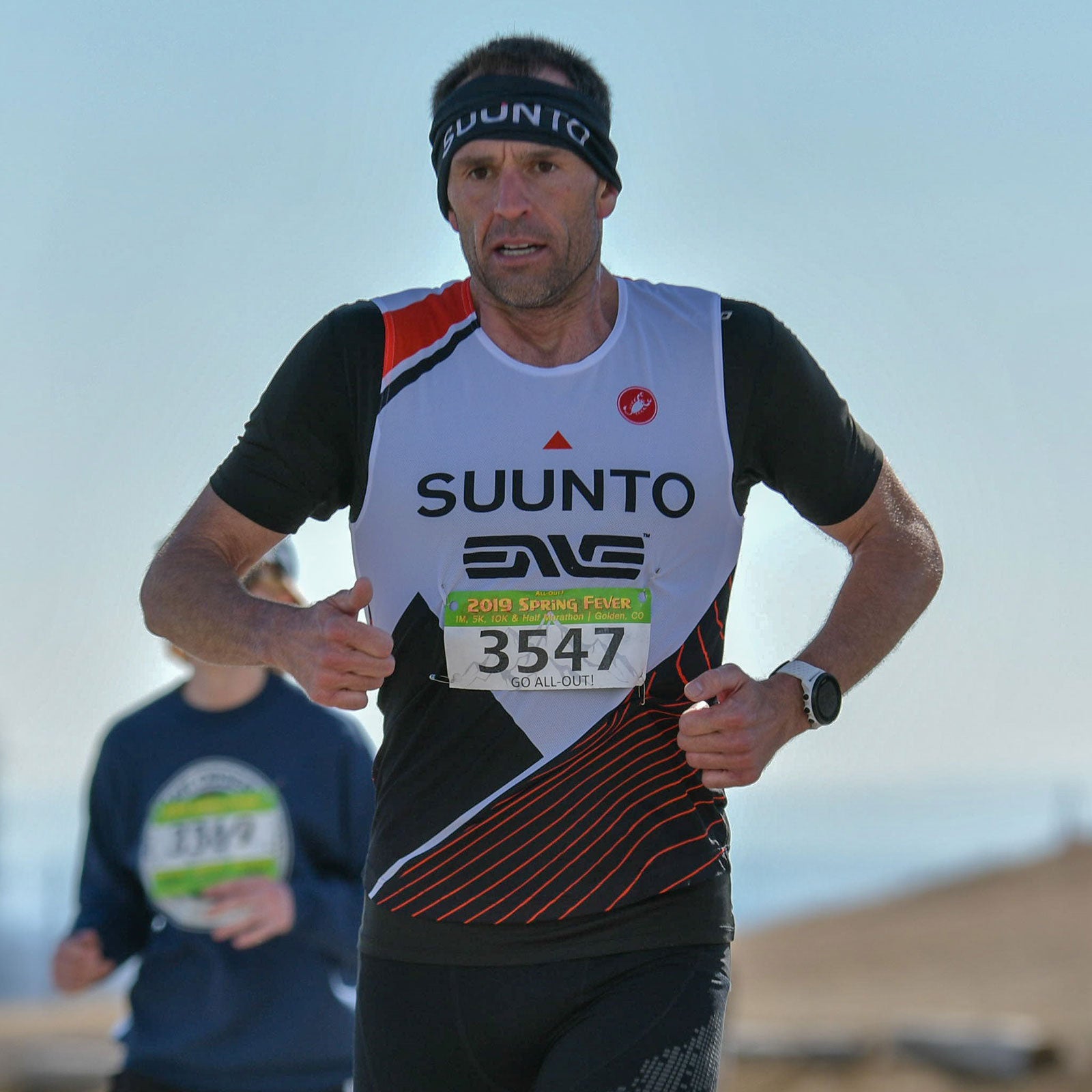Tim Hola will probably piss you off. It’s not on purpose—he’s a super nice guy. Like your��average 44-year-old, he has a full-time job, a��wife, and kids. But��in reality, he’s far from average, because he has a work ethic that is simply not human. A��member of , he��keeps an early-morning “farmer’s schedule” so his workouts won’t interfere with family life, he��doesn’t touch alcohol, and he’s��unfamiliar with the phrases “cheat day” or “rest day.” In his 24 years of racing, he’s completed more than 219��triathlons, has three masters-national-championship��and two world-championship titles��to his name, and has raced in the 16 times. We profiled Hola as one of our Fittest Real Men back in 2008. Since then, he’s only gotten stronger.
“Everybody tries to tell you it’s all over when you turn 40, but I just decided not to listen to them,” Hola says from his home in Colorado. “I just try to keep it going. I feel like my body is made to move.”
Hola has been moving his whole life. He was a swimmer as a kid, then turned to rowing in college when he couldn’t make the swim team. After picking up running during crew training, Hola��raced his first triathlon��with his father, Ken, during his sophomore year. It’s a tradition they’ve maintained ever��since, racing together at least once a year. “I like the variety,” Hola says. “I like training for different sports. If I were just a runner, I think my career would already be over.”
He��also likes the Ironman format because he says the longer distance—a 2.4-mile swim, a 112-mile bike ride, and a 26.2-mile run—plays into his strengths as an older athlete. “As you age into your thirties, you get better at longer distances. You’re a smarter [racer],” he says. “A lot of pros in Ironman are well into the upper thirties and early forties. You’ve done it for so long, you’re good at distance.”
“Everybody tries to tell you it’s all over when you turn 40, but I just decided not to listen to them.”
Hola credits his training regimen with helping him avoid injuries.��Unlike��a traditional triathlete’s routine of��long training hours, Hola keeps his sessions short to accommodate his family and��his job as a��medical sales rep, knocking out just 15 to 16 total hours��a week. (Training plans for��other��pro Ironman triathletes often��have them spending��that much time on the bike alone).
But Hola makes up the��difference��by training really hard. “I focus on quality over quantity, and I try to go anaerobic once a day,” he��says, referring to workouts performed��at an intense pace that cause��lactate to form. Think sprints instead of jogging. While it’s common for younger athletes to spend regular time in this anaerobic zone, a lot of older athletes avoid going hard for fear of injury. But Hola��says it’s crucial to his success.
Still, Hola��admits that he suffers from the same inevitable physical declines that come with age. While he’s gotten better at race strategy during his tenure, his pace on long runs has slowed. “My body reaches its limit a little sooner, but that’s OK,��because I still feel strong. Sure, there’s a lot of physical stuff that happens as you age, but there are things you can do to lengthen your athletic career,” he says.
In order to maximize his longevity,��Hola follows a next-level routine. He wakes up at 4:15 every morning to��train��before his 12-year-old twins��wake up. He splits each��session between two sports—running and biking on one day, swimming and lifting��on the next. He does a recovery workout on Mondays (usually an easy swim), but he doesn’t necessarily adhere to the all-holy temple of rest that most aging athletes and trainers swear by; he only takes one rest day a month. “That’s just how my body works,” Hola says. “If I don’t get up and check the workout box, I won’t feel good.”
And the early-morning workouts are just the beginning. Hola drinks 40 ounces of water first thing when he wakes up, even before he brushes his teeth, then sips on water the rest of the day, taking in a total of 160 ounces. He calls himself a boring eater who likes fruit and yogurt and never reaches for the fried calamari.��And he hasn’t had a sip of alcohol in nine years. “Everything I put in my body has an effect on it, so I pay attention to what’s going in,” Hola says. But he’s quick to add that he doesn’t consider himself a strict health nut. For instance, after a good race, Hola will treat himself to a cheeseburger and an��order of��fries��from McDonald’s. Not a large order of fries. A small��order.
The cheeseburger and fries��is a tradition Hola shares with his father,��who’s still racing hard at the age of 75. In��September, the duo will attempt to earn a Guinness World Record for the fastest combined��father-son time to complete an Ironman.
Hundreds of triathalon finishes, national-championship��titles, and now, maybe, a world record. If anyone is still wondering how he gets it all done, Hola has a few tips. “It’s��all about will power and time management. That’s the key,” Hola says. “But it’s also gotta be fun. I don’t have a coach, and I don’t crunch the data, because that would feel too much like work. The day I stop enjoying it��is the day I’ll stop training and racing.”


